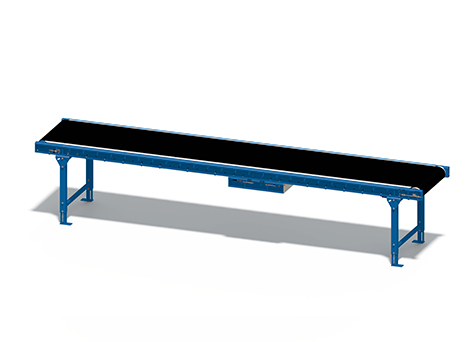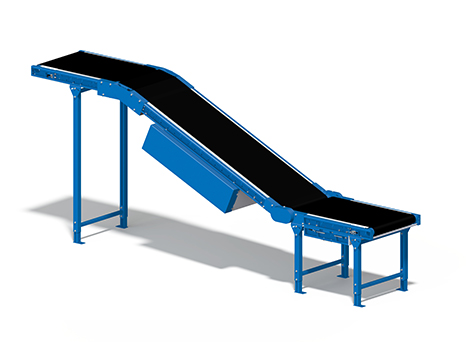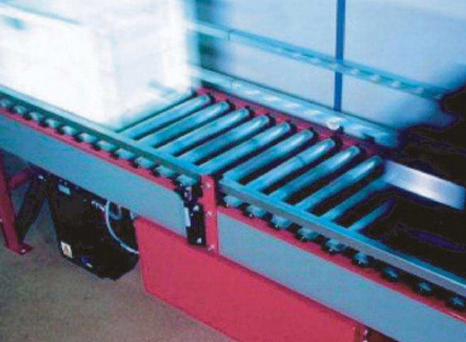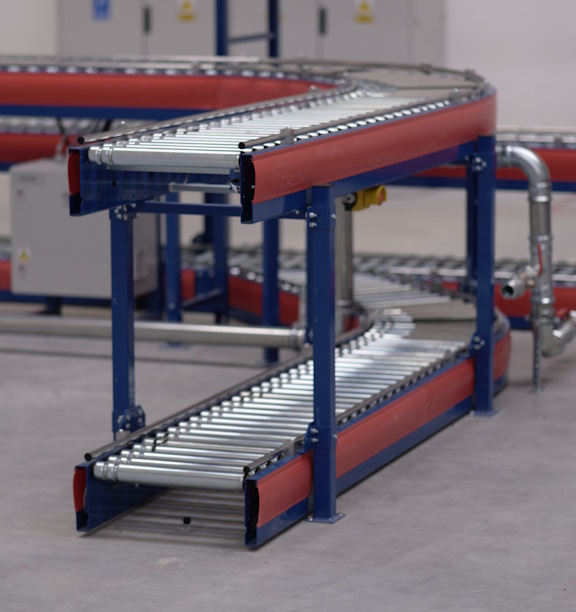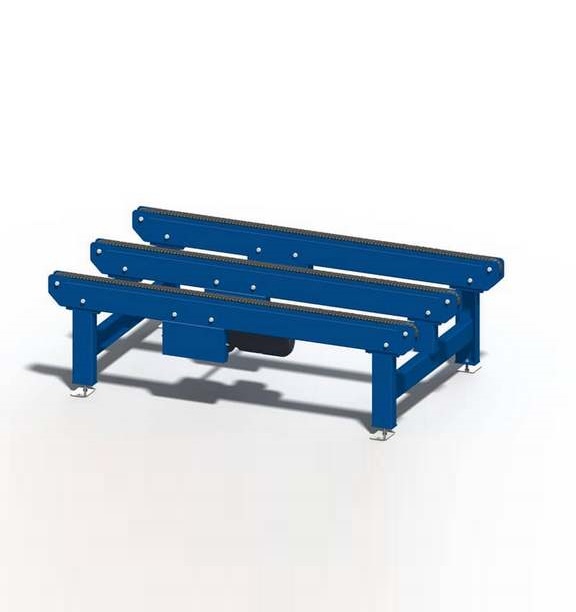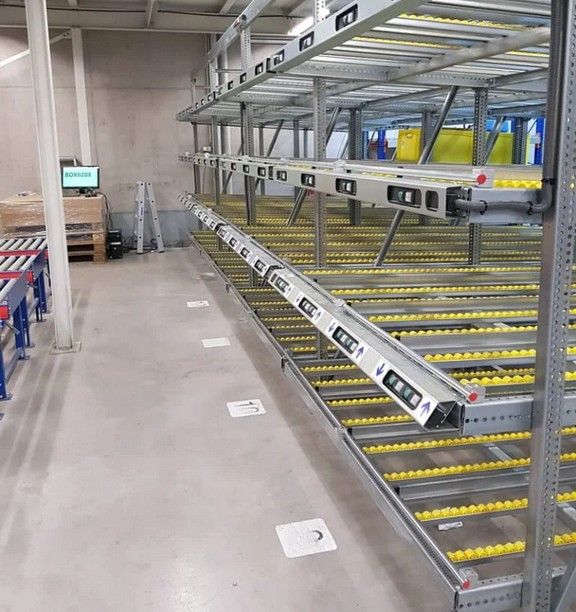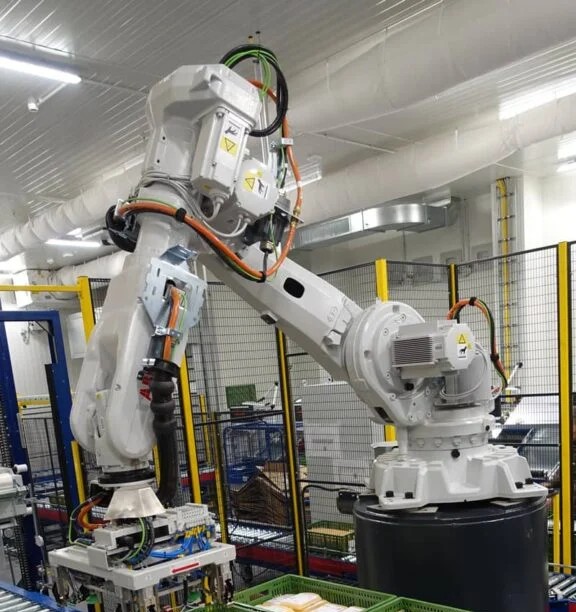Przenośniki taśmowe poziome i pionowe – transportery taśmowe
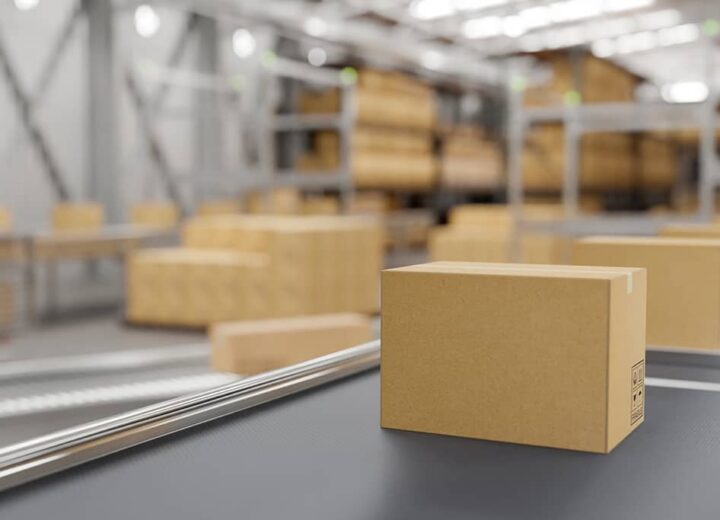
Producent przenośników taśmowych. Poznaj przenośnik taśmowy od Intralog
Przenośniki do transportu – taśmowe to uniwersalne urządzenia transportowe, które znajdują zastosowanie w niemal każdej gałęzi przemysłu. Dzięki swojej wszechstronności i różnorodnym wariantom konstrukcyjnym, są one niezbędnym elementem nowoczesnych systemów logistycznych i produkcyjnych. Przenośnik taśmowy służy do transportowania bez poślizgu, czyli tam, gdzie zachodzi potrzeba łagodnego przemieszczania towarów. Można nimi również transportować rzeczy, które nie nadają się do transportu przenośnikami rolkowymi, czyli np. towary małogabarytowe, sypkie itp. Jak belt systems mogą usprawnić pracę Twojego magazynu?
Transporter taśmowy to rozwiązanie dopasowane do potrzeb nowoczesnych magazynów i zakładów produkcyjnych. Oferujemy belt systems cechujące się wysoką precyzją, różnorodnością typów taśm i szerokością dopasowaną do specyfiki transportowanych ładunków. Dzięki nim możesz zoptymalizować przepływ materiałów, zminimalizować przerwy w procesie oraz zwiększyć bezpieczeństwo operacji wewnętrznych. Intralog to szybki montaż i pełna funkcjonalność taśm transportowych. Zapewnia kompleksową obsługę. Przenośnik ślizgowy, łukowy lub klinowy dostosowany do indywidualnych potrzeb klienta.
Do czego służy przenośnik lub transporter taśmowy?
Przenośniki taśmowe przeznaczone są do transportu różnorodnych materiałów w sposób ciągły i bezpieczny. Może być wykorzystywany do przemieszczania:
- Loose products (e.g., grains, sand),
- General cargo (cartons, bags, crates),
- Irregularly shaped materials that are not suitable for transport by roller conveyors.
With the ability to transport goods horizontally, at an angle or at different heights, belt conveyors work well in assembly lines as well as in distribution centers or warehouses.
Belt conveyors - types
Variety of designs belt systems allows them to be tailored to the specific needs of businesses:
Simple belt conveyors
Description
Straight belt conveyors are used to transport materials at constant heights in a straight line. They are most commonly used in assembly lines and warehouses.
Inclined belt conveyors
Description
Inclined belt conveyors make it possible to transport goods between different levels with an incline adapted to the type of load (e.g., type N for inclinations up to 15% or type P for inclinations up to 20%).
Roller driven belt conveyors
Description
Roller-driven belt conveyors are equipped with drive rollers that provide smooth transport of heavier loads over longer distances or at an angle.
What are the benefits of belt conveyors?
Implementing conveyor belts into logistics and production processes brings a number of benefits, and here are the most important ones:
- Increased productivity
Belt conveyors enable continuous transport of materials, which significantly speeds up production and logistics processes. - Reduced operating costs
Automated transportation eliminates the need for manual handling, reducing labor costs and the risk of damage to goods. - Worker safety
By using belt systems and eliminating manual handling of heavy objects, the risk of workplace injuries and accidents is reduced. - Versatility of applications
Importantly, belt conveyors can be adapted to different types of materials and specific plant requirements. - Easy integration with automation systems
The ability to combine belt systems with other equipment makes them an extremely practical component of modern process lines.
Belt conveyors - width and type of belts
We offer straight and inclined belt conveyors to suit different transportation needs. Inclined conveyors make it possible to move loads between different levels, offering flexibility in the configuration of logistics systems.
Available belt conveyor widths
Belt conveyors are offered in widths from 250 mm to 750 mm, which allows them to adapt to different types of loads and working spaces. Thanks to different width and belt variants - our systems can be effectively used in warehouses, logistics centers and manufacturing plants, ensuring smooth transport processes.
TYPE N
Description
TYPE N is designed for horizontal transport and inclines up to 15%, ensuring the stability of the goods being moved.
TYPE P
Description
TYPE P - profiled, suitable for inclines up to 20%, ideal for transporting cargo that requires extra grip.
Roller driven belt conveyor - key advantages
The Roller-driven Belt Conveyor is an advanced conveyor system in which belt movement is realized by means of drive rollers integrated into the drive mechanism. These rollers are connected to the motor by belts or chains, ensuring smooth and precise movement of loads.
This type of conveyor is particularly effective for transporting medium to heavy loads such as cartons, boxes or pallets. Thanks to the roller drive, it is possible to easily stop, accelerate or change the direction of transport, making it ideal for warehouses, distribution centers and production lines.
Importantly, roller-driven belt conveyors are also characterized by quiet operation, high efficiency and the ability to integrate with other conveyor systems. They are particularly useful in applications requiring precise positioning of loads or accumulation of goods on a conveyor line.
Belt conveyors at a glance: check out straight, inclined, roller conveyors
Belt conveyors is a versatile solution that you can use on your shop floor or warehouse to optimize material flow, reduce downtime and increase security operations. If you are working with small, loose or fragile loads, belt conveyors will provide smooth, slip-free transport where roller conveyors fail.
You will find three basic types on offer: simple belt conveyors, inclined belt conveyors and roller driven conveyor belt. Simple They are ideal for assembly lines at fixed heights. Slant enable transport between levels - select TYPE N for gradients up to 15% or TYPE P For gradients up to 20%. Available widths 250 mm to 750 mm allow you to tailor the system to your space requirements and the nature of your cargo.
Implementation belt conveyors will bring you: increased performance, reduction of labor costs, better positioning and accumulation of loads thanks to the roller drive, and quiet operation i precision operations. Systems from Intralog offer a variety of tapes and widths to make your processes more flexible and scalable.
To achieve a quick return on investment, first conduct a warehouse flow audit and measure key KPIs (throughput, cycle time, downtime). Select tape type i width tailored to your SKUs, integrate conveyors into the WMS and plan A/B tests for the line layout.
Your belt conveyors staną się nie tylko urządzeniem transportowym, lecz elementem wzrostu operacyjnego i marketingowego Twojej firmy. Takiego systemu transportu, gdzie instalacja, użytkowanie, serwis mają duże znaczenie nie znajdziesz nigdzie. Jeżeli potrzebujesz dodatkowych informacji w zakresie transportu, konstrukcji nośnej czy zestawy kołowe lub potrzebujesz innych rozwiązań skontaktuj się z Intralog.





